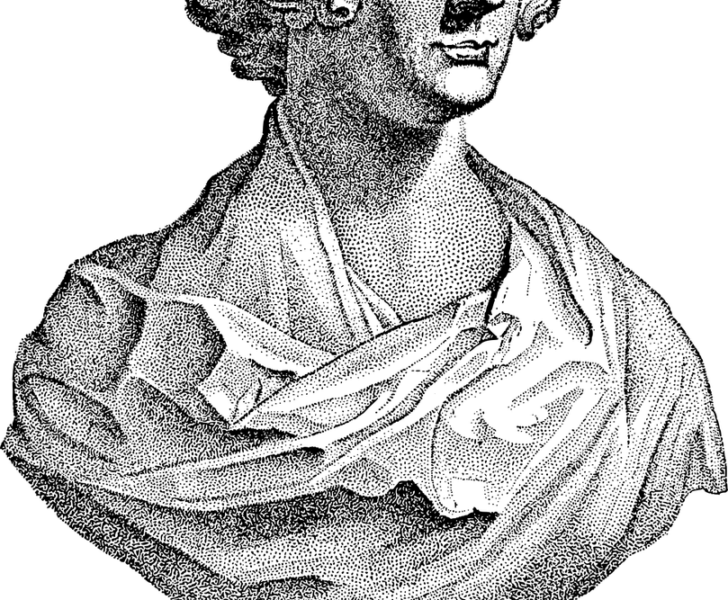Jane Austen is a renowned English author whose books continue to captivate readers around the world

Her works have become a cornerstone of classic literature, known for their beautiful prose, insightful social commentary, and compelling characters. In this article, we will delve into the world of Jane Austen books, exploring their significance and evolution over time. Whether you are a devoted Austen fan or new to her novels, this article aims to provide a comprehensive understanding of her literary contributions.
Introduction:
Jane Austen books encompass a collection of six novels, namely “Sense and Sensibility,” “Pride and Prejudice,” “Mansfield Park,” “Emma,” “Northanger Abbey,” and “Persuasion.” Each of these works offers a unique portrayal of 19th-century English society, shedding light on the roles and expectations of women, the intricacies of courtship, and the complexities of class and wealth. Furthermore, Austen’s stories are renowned for their unparalleled wit, sharp social commentary, and enduring love stories.
Historical Development:

The historical development of Jane Austen books is intertwined with the context of the Regency era in England. Austen’s novels were primarily written and published between 1811 and 1818. During this time, Britain was transitioning from the Georgian era to the Victorian era, marked by social and political changes.
Sense and Sensibility:
One of Austen’s earliest published works, “Sense and Sensibility,” explores contrasting personalities and their roles in navigating personal relationships and societal expectations. The novel delves into themes such as rationality versus emotion and the consequences of adhering to societal norms.
Pride and Prejudice:
Undoubtedly Austen’s most famous novel, “Pride and Prejudice” is a timeless masterpiece that has captured the hearts of millions. The story revolves around the headstrong Elizabeth Bennet and the brooding Mr. Darcy. Through their tumultuous journey, Austen critiques the societal pressures of marriage, pride, and social class divisions.
Mansfield Park:
Published in 1814, “Mansfield Park” offers a complex exploration of morality and the consequences of one’s actions. Fanny Price, the story’s protagonist, finds herself grappling with love, family dynamics, and societal expectations. Austen challenges the notions of right and wrong, allowing readers to question traditional values.
Emma:
“Emma” showcases Austen’s wit and skill in creating a vibrant and flawed protagonist. The novel follows Emma Woodhouse, a well-meaning matchmaker with a penchant for meddling in the lives of others. As Emma naively navigates the complexities of relationships, Austen satirizes society’s obsession with social status and reveals the consequences of misguided actions.
Northanger Abbey:
Austen’s first completed novel, “Northanger Abbey” pokes fun at the popular gothic literature of the time. The story revolves around Catherine Morland, an imaginative young woman, as she navigates love, friendship, and the dangers of falling prey to fantastical illusions. Austen cleverly addresses the power of imagination and its limitations.
Persuasion:
Published posthumously, “Persuasion” showcases Austen’s more mature and reflective writing. The novel explores second chances and the enduring power of love. With Anne Elliot at its center, the story delves into themes of regret, societal expectations, and the complexities of human emotions.
Jane Austen’s books have had a lasting impact on literature and continue to resonate with readers today. Her characters, settings, and social commentary have become archetypes, influencing subsequent generations of authors and filmmakers. Austen’s ability to depict the complexities of human nature, offer biting satire, and create vivid worlds has secured her place in literary history.
In conclusion, Jane Austen books represent a literary treasure trove that offers readers a window into the social dynamics, love stories, and moral dilemmas of 19th-century England. Through her exquisite storytelling and astute observations, Austen’s novels continue to captivate audiences, inspiring both readers and writers alike. Whether you are drawn to the spirited Elizabeth Bennet, the imaginative Catherine Morland, or the introspective Anne Elliot, exploring Austen’s works is an enriching journey into a world of wit, romance, and societal critique. So, curl up with a cup of tea, immerse yourself in Austen’s evocative prose, and discover the timeless allure of Jane Austen books.











